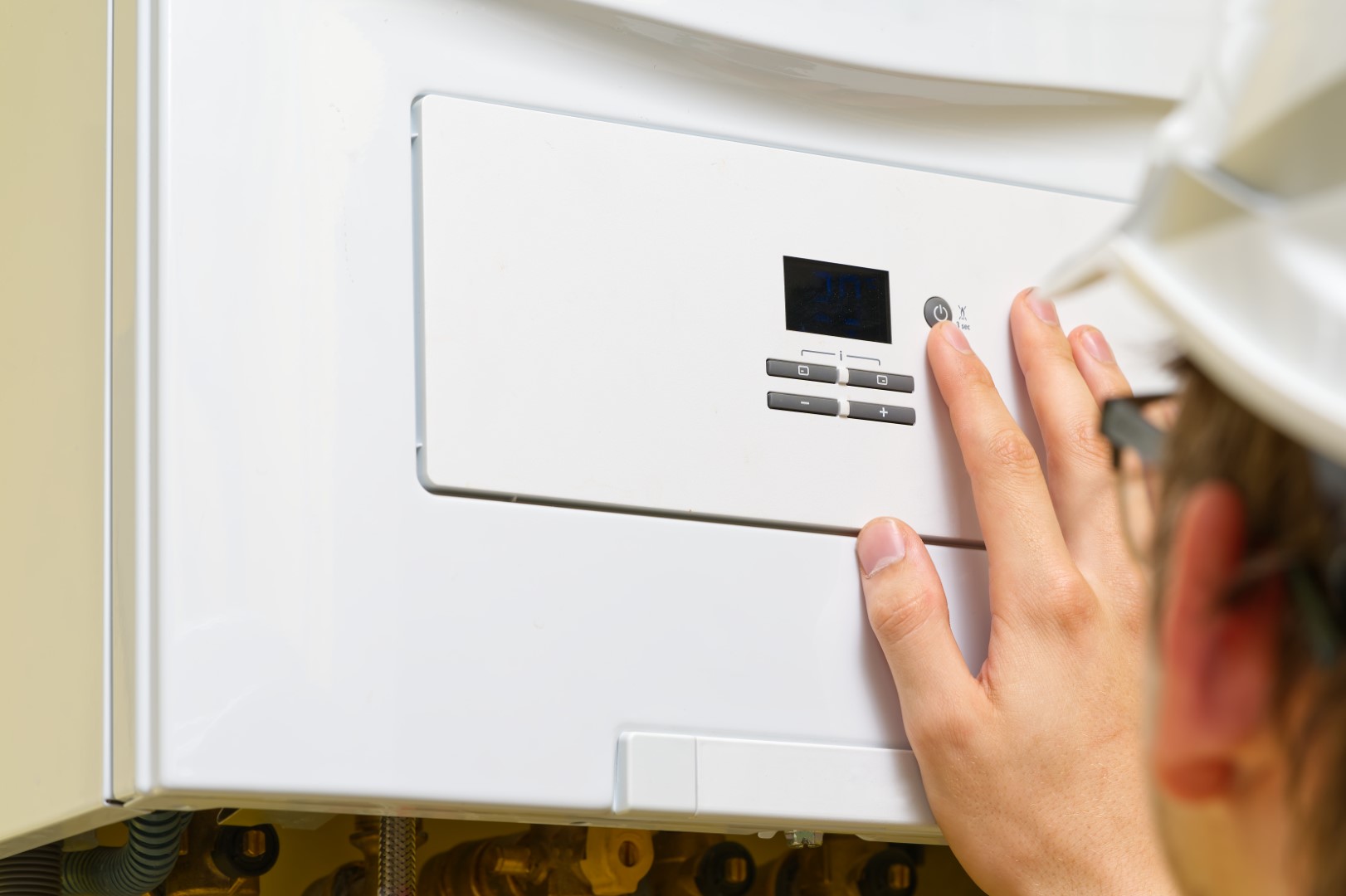Bathroom Sink Not Draining? Here’s What to Do – HomeService.Insure Guide
A slow or blocked bathroom sink is one of those everyday annoyances that can quickly become a real headache. Whether it’s standing water or a drain that takes forever to clear, the good news is that most blockages are simple to fix once you know what you’re dealing with.
This guide from HomeService.Insure walks you through the likely causes, the best DIY fixes, and when to call in professional help.
Quick guide contents
- Why bathroom sinks get blocked
- Five effective ways to clear a sink
- Why harsh chemicals aren’t the answer
- Dealing with standing water
- Preventing future clogs
- When it’s time to call a plumber
- How HomeService.Insure can help
Why bathroom sinks get blocked
Bathroom sinks face daily use, and clogs can build up faster than you think. Common culprits include:
- Hair – the number one offender, tangling with other debris.
- Soap residue – leaves sticky deposits that trap particles.
- Toothpaste – hardens inside pipes and slows flow.
- Beauty products – oils, clays, and scrubs can solidify.
- Foreign objects – floss, hair ties, or jewellery can slip in.
- P-trap build-up – the curved pipe under your sink collects gunk.
- External drains – sometimes the blockage is further down the line.
Five effective ways to clear a sink
- Use a plunger
A flat-bottomed plunger creates suction to dislodge clogs. Seal the overflow with a wet cloth, fill the sink halfway with hot water, and pump firmly for 20–30 seconds.
- Boiling water
Pour a kettle of boiling water slowly into the drain to melt soap and grease deposits. Repeat a few times for stubborn build-up.
- Baking soda and vinegar
Pour ½ cup of baking soda followed by 1 cup of vinegar into the drain. Cover, let it fizz for 15 minutes, then flush with hot water.
- Clean the P-trap
Place a bucket beneath, unscrew the P-trap, and clear out trapped sludge. Reconnect, test with hot water, and check for leaks.
- Drain snake or DIY hook
Use a drain snake (or a straightened coat hanger) to pull out deeper clogs. Insert gently, twist to dislodge debris, and flush with hot water.
Why harsh chemicals aren’t the answer
Commercial drain cleaners may seem like a quick fix, but they can:
- Corrode older pipes
- Harm the environment
- Leave behind strong fumes
Safer alternatives like baking soda and vinegar are just as effective for routine maintenance — and better for your home and health.
Dealing with standing water
If your sink is full and won’t drain:
- Remove the plug and pull out hair or scum manually.
- Use a baking soda and vinegar solution, followed by hot water.
- Try plunging to force the blockage through.
Often, a combination of methods works best.
Preventing future clogs
- Use a drain cover to catch hair and empty it daily.
- Rinse thoroughly after using toothpaste or shaving cream.
- Dispose properly of wipes, cotton pads, and old cosmetics — never down the sink.
- Flush with hot water after each use to keep pipes clear.
- Drop in baking soda weekly to freshen drains, especially before going away.
When it’s time to call a plumber
DIY methods won’t fix every problem. Call in the pros if:
- Clogs return repeatedly
- Pipes are too tricky to dismantle
- You suspect a deeper blockage in the system
Sometimes, professional tools and expertise are the only way to get things flowing again without causing damage.
How HomeService.Insure can help
At HomeService.Insure, we know how disruptive plumbing issues can be. That’s why we provide cover and access to trusted engineers when you need them most.
With us, you’ll get:
- Fast help when drains or sinks stop working
- Qualified plumbing support you can rely on
- Peace of mind knowing your home is protected
Don’t let a blocked sink ruin your day — let HomeService.Insure keep your home running smoothly.
HomeService.Insure Safety Disclaimer
At HomeService.Insure, we encourage safe and sensible DIY, but your safety always comes first.
- Only attempt basic checks and fixes if you feel confident.
- Stop immediately if you notice burning smells, scorch marks, leaks, or anything that looks unsafe.
- Never attempt electrical or gas repairs beyond simple resets or checks.
- For complex, repeated, or potentially dangerous problems, always call a qualified Gas Safe engineer (for heating) or a certified electrician (for electrics).
By following this guidance, you reduce risks — but professional help should always be your first choice if there’s any doubt.

